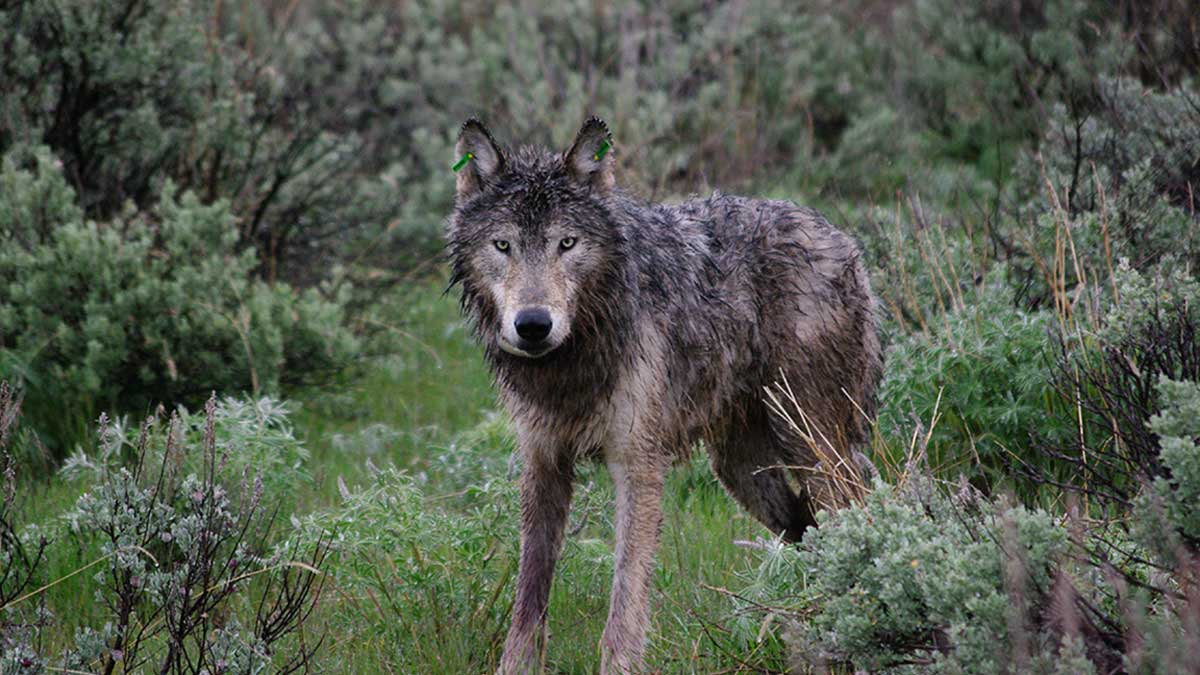Below is part of a news release from the Oregon Department of Fish and Wildlife.
The minimum known count of wolves in Oregon at the end of 2022 was 178 wolves, an increase of three wolves over the 2021 minimum known count, according to the Oregon Department of Fish and Wildlife’s (ODFW) latest annual wolf management report.
“The population increase in Northeastern Oregon has slowed in some areas as available habitat is filled up and with the turnover of breeding adults in some packs. But wolves are growing in numbers and expanding in distribution in Western Oregon,” said Roblyn Brown, ODFW wolf coordinator.
A record 24 packs were documented (up from 21 last year) and 17 of those packs met the criteria as breeding pairs, with another 14 groups of two or three wolves also identified. Last year also marked the first year that four breeding pairs of wolves were documented in Western Oregon (west of Highways 97-395).
This annual count is based on verified wolf evidence (like visual observations, tracks, and remote camera photographs). The actual number of wolves in Oregon is higher, as not all individuals present in the state are located during the winter count.
ODFW confirmed 76 incidents of wolf-livestock depredation after 121 investigations, documenting the death of 71 livestock animals and three working dogs. The majority (85 percent) occurred on private land. Consistent with the Wolf Plan, livestock producers implemented non-lethal measures to minimize depredation prior to any department approval of wolf lethal removal. Six wolves were lethally removed in response to chronic depredation in 2022.
The Oregon Department of Agriculture’s compensation program awarded grants totaling $393,682 to 12 counties in 2022, compared to $251,529 in 2020. Almost three-quarters of the funds were used for non-lethal preventative measures to reduce depredation and one quarter for direct payment to livestock producers for confirmed depredations and missing livestock.
(Photo credit: Oregon Department of Fish and Wildlife)
